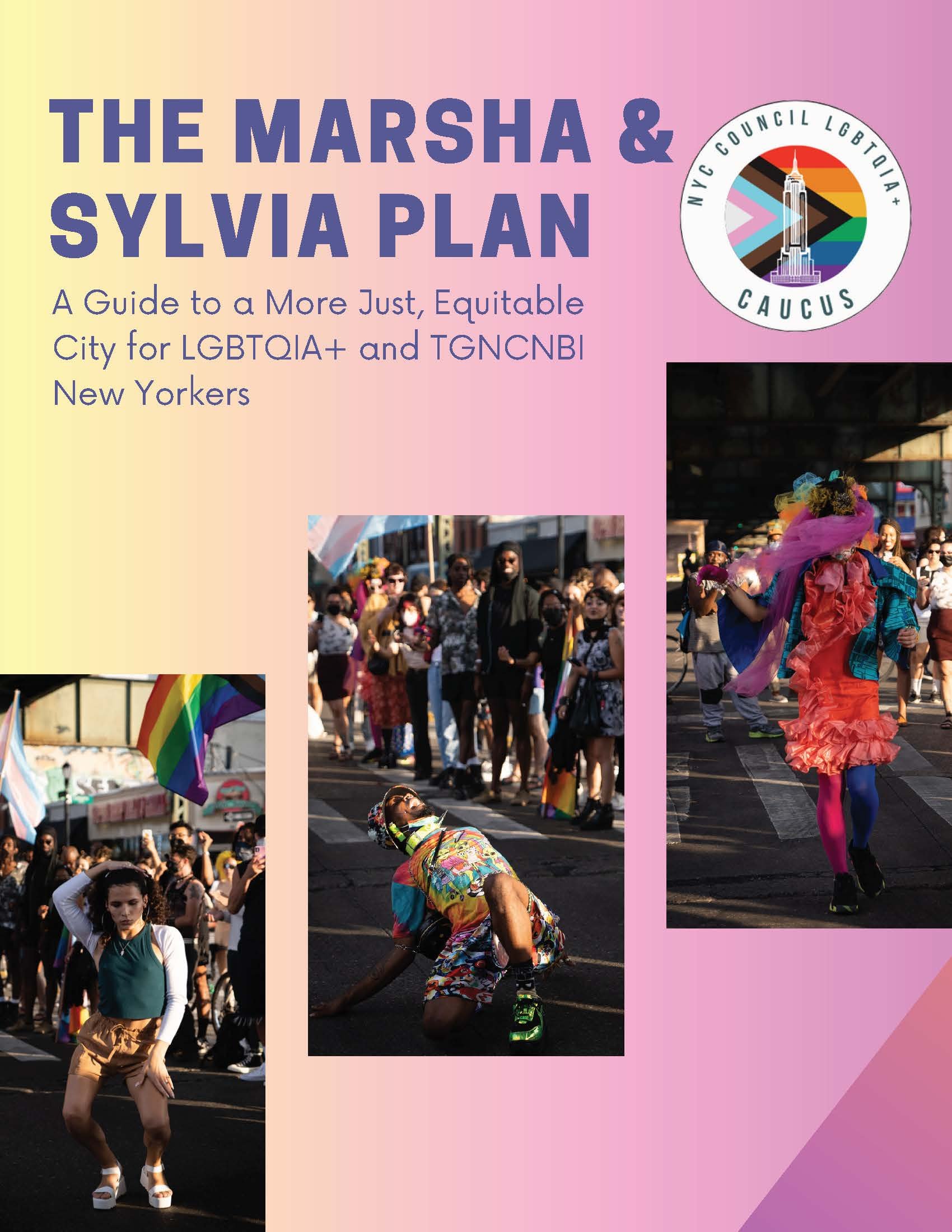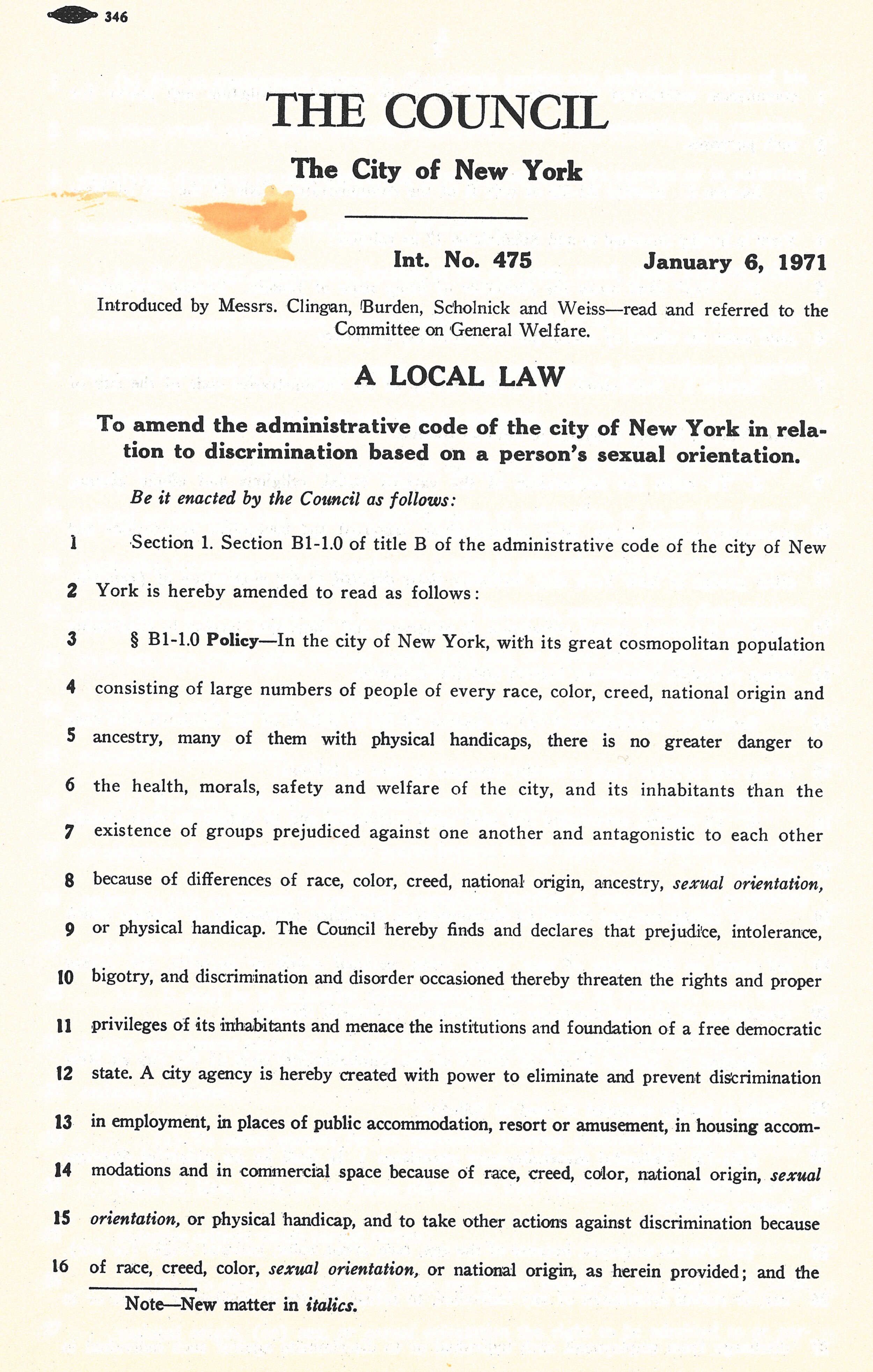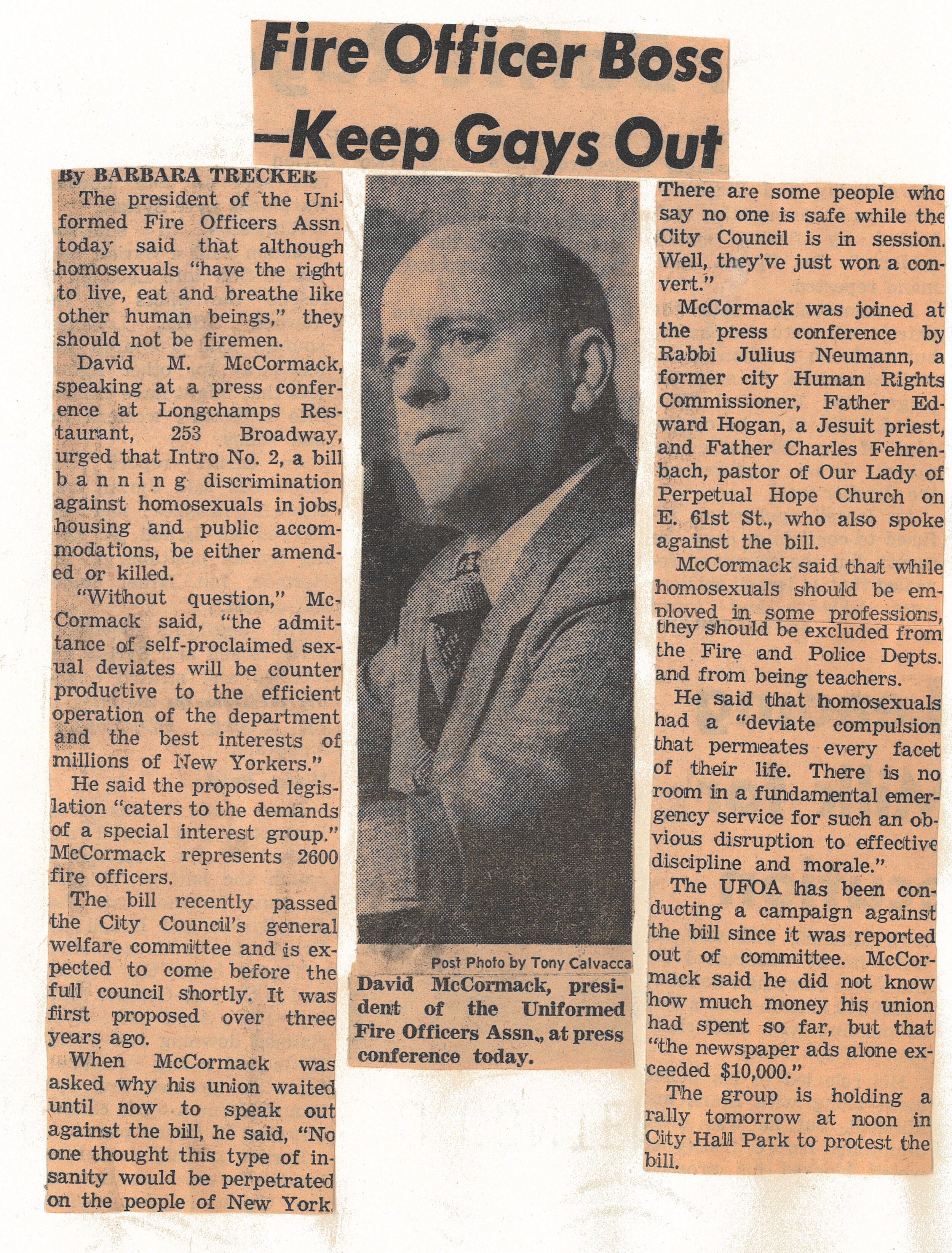This Pride Month, For the Record showcases selected publications in the NYC Municipal Library that illuminate the powerful and complex history of the City’s LGBTQ population in recent decades.
Love Counts: The Economic Benefits of Marriage Equality for New York. New York City Comptroller, June 2007. NYC Municipal Library.
Human Services and the Gay and Lesbian Population of New York City: Emerging Services, Emerging Issues. Community Council of Greater New York, 1986. NYC Municipal Library.
In the throes of the AIDS epidemic in 1986, the Community Council of New York prepared a report for the New York City Human Resources Administration entitled Human Services and the Gay and Lesbian Population of New York City: Emerging Services, Emerging Issues. The authors note that “the gay and lesbian population is primarily a hidden population, with many individuals afraid of disclosing their identity,” and acknowledge that despite NYC’s tolerance for different lifestyles, “homosexuality remains a subject of controversy and a target of prejudice.”
End the Hate: A Report on Violence against Gay Men and Lesbians in New York City, a 1991 publication from the New York City Commission on Human Rights, was created at the request of Mayor David Dinkins “to provide a context for New York State legislators considering the passage of the Hate Crimes Bill and to illustrate the experiences which have led gays and lesbians to press for protections under it.” A questionnaire about bias incidents was returned by 508 respondents, largely people who had “never before contacted the police or other organizations about the attack.” The completed questionnaires “reveal a disturbing array of hate crimes which range from verbal abuse to vicious gang attacks.” (The Hate Crimes Act was eventually signed into law in New York State in 2000.)
End the Hate: A Report on Violence against Gay Men and Lesbians in New York City, 1991. New York City Commission on Human Rights. NYC Municipal Library.
Love Counts (see above), a 2007 report from the Comptroller’s office, takes a decidedly practical approach to shoring up support for marriage equality in NYC. Subtitled “The Economic Benefits of Marriage Equality for New York,” it calculates that “New York City would receive a boost of nearly $175 million to its economy during the first three years after legislative approval of marriage for same-sex couples in the State.” (The Marriage Equality Act was signed into law in New York State in 2011.)
51 Christopher Street, ca. 1939. Tax Department photographs, NYC Municipal Archives.
The June 2015 NYC Landmarks Designation Report for the Stonewall Inn, seen above in a 1940s tax photo before it became a gay bar, names it “one of the most important sites associated with Lesbian, Gay, Bisexual, Transgender history in New York City and the nation.” The narrative describes the events of June 28, 1969, when the bar's patrons fought back against a police crackdown, chanting “gay pride” and “gay power,” and sparking the nationwide struggle for LGBTQ civil rights.
The Marsha & Sylvia Plan, City Council of New York, 2023. NYC Municipal Library.
The Marsha & Sylvia Plan, a 2023 submission to the Municipal Library’s Government Publications Portal, was issued by the City Council’s LGBTQIA+ Caucus. Acknowledging that “our work to secure and affirm the lives of our LGBTQIA+ (lesbian, gay, bisexual, transgender, queer, intersex, asexual, and more) neighbors is far from over,” it details initiatives in multiple fields that “empower us to deliver policies that affirm our place in the city we call home.”









